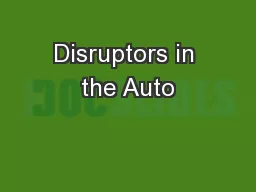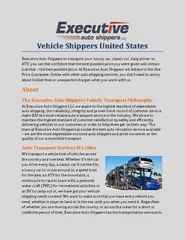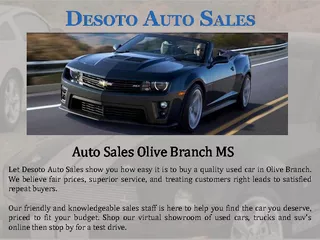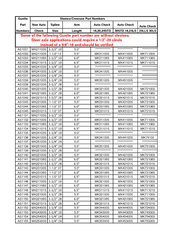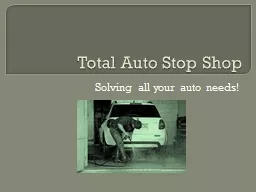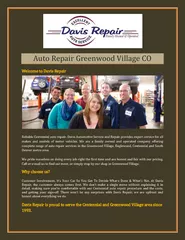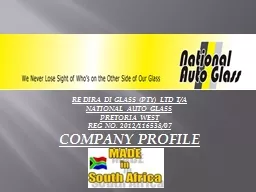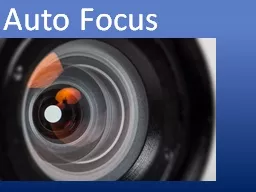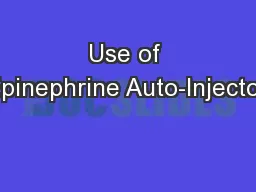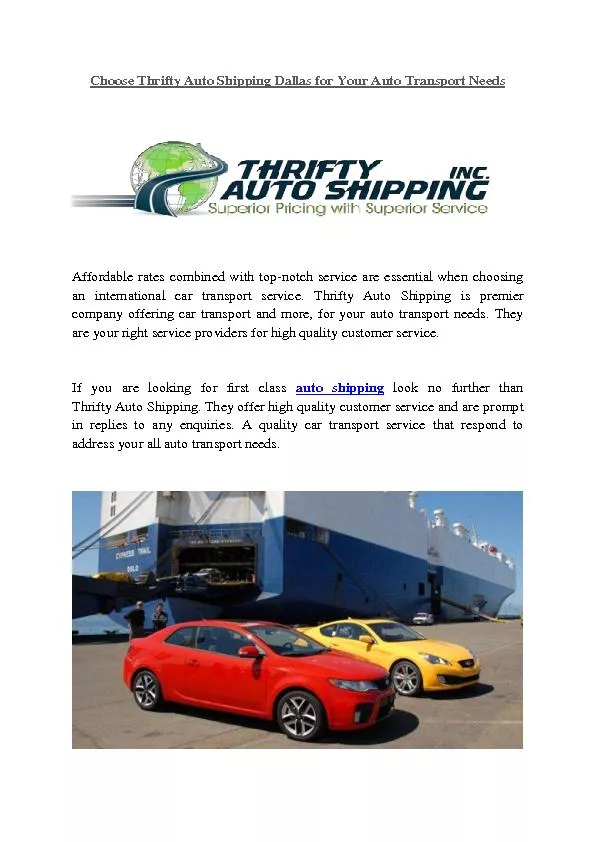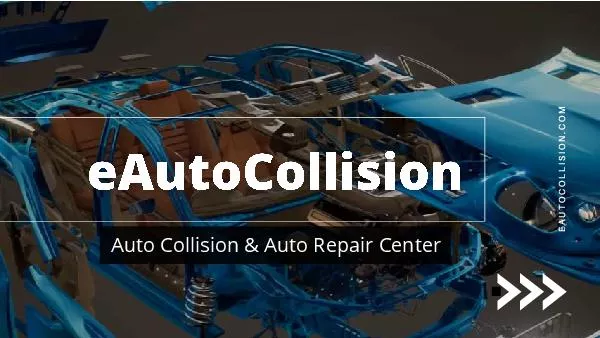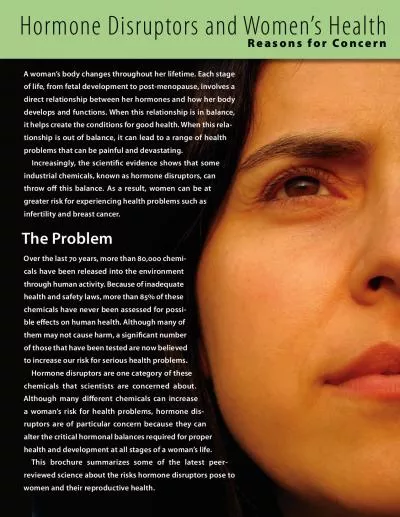PPT-Disruptors in the Auto
Author : faustina-dinatale | Published Date : 2017-08-19
Industry Where Applying Models of Technology Diffusion Michael Smitka Economics Washington and Lee University February 16 2017 Initial version presented 21 Nov
Presentation Embed Code
Download Presentation
Download Presentation The PPT/PDF document "Disruptors in the Auto" is the property of its rightful owner. Permission is granted to download and print the materials on this website for personal, non-commercial use only, and to display it on your personal computer provided you do not modify the materials and that you retain all copyright notices contained in the materials. By downloading content from our website, you accept the terms of this agreement.
Disruptors in the Auto: Transcript
Download Rules Of Document
"Disruptors in the Auto"The content belongs to its owner. You may download and print it for personal use, without modification, and keep all copyright notices. By downloading, you agree to these terms.
Related Documents

